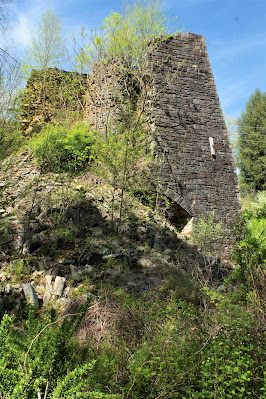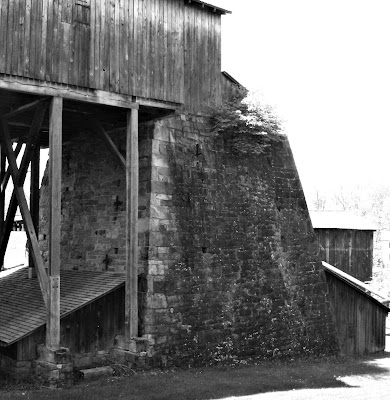Whenever there is the possibility of a trip approaching, I tend to go to my paper resources, my maps. Rather than allowing a computer to generate a route for me, I prefer to look over the area between the two basic points, the beginning and end, and then decide on a route myself. These directions are often determined by roads that I’ve never seen or driven on.
What-ever prerequisites I have, a map is almost always employed. Many times it won’t even be a physical map but one of the many stored in my memory.
Thinking about going from one known spot to another will bring to mind landmarks seen on previous trips. Things which have lodged in my memory, perhaps by their uniqueness, their photographic potential, their history or even geocaches which might be hidden near-by.
Names of people and towns often slip through my grey matter like water between pebbles, here one minute and gone the next. I envy people with good memories. Thankfully, the maps in my mind have remained…so far.
I picture maps as so much more than just paper directions. I see them in many of the things we do daily.
The recipe for my Scalloped Potatoes is a map which takes me from the shelves in my pantry to the kitchen and finally to my dining room table. The readings at Church are maps that hopefully take me safely through the journey of my life, helping me avoid the wrong turns which are so easily taken. The discussions I have with my doctors and my banker are directions given, maps showing me the correct way to go. The plans we make are maps to our futures.
I can’t help but think that the books I read are also maps. Time after time, they lead me to other books, places and activities. Many of the books I’ve read were originally mentioned in other books I had read.
In the same case, I feel as if much of my reading is connected. I can’t count the number of times I read something; a place, an activity or a person and then read about it or them in another book I pick up. In some way or another, all the books I read have a connection, there is an invisible map that I occasionally see, but yet I am always looking for.
When I mark down my chores at the beginning of the day which need completed, I am making a map for the day. My list of planned observations when I go out with my telescope is an atlas for my evening. My grocery list is a map; it is organized by how I will walk through the store. It becomes a set plan with minor deviations. I can picture where I’ll be walking in the store as I write down what I need. The list tends to shorten my visits; I wander less and minimize time searching, not to mention doing less “in the moment” buying.
The objects we see in daily life can be maps also, directing us to spots in our memory banks. Looking at the Peonies in the garden in my front yard takes me on a short trip to the memories of my father who planted them 50 or 60 years ago. The Trillium plant in the back yard does the same thing. I open up my old Joy of Cooking cookbook and the stains, spots and wrinkled pages take me right to my mother, standing in front of the stove, her apron protecting her clothes, cooking meals for us. This is a book I’ll never get rid of, a map book to my feelings!
The pictures I take are maps also. When viewed in order, they show the progress of our trips, reproducing the routes we took. Pictures, like books, can mean different things to different people; I can only hope that my pictures will take them to good places. Some pictures are made to make a point, they are maps made to bring people to a certain realization. We (the photographers) keep our fingers crossed that they will arrive at the place we wanted to take them!
Maps, like pictures can pull us into the past, showing us what once was, helping us to remember the ways things used to be. Old maps can be helpful in finding places where things have disappeared. I use maps to find the ruins of old buildings, ones that were torn down decades ago. Those old pieces of paper, worn at the creases, direct me to where mills once stood, producing iron for a growing nation, or to where canals used to be, ferrying passengers and produce across the states. With their help I can envision what used to stand in the empty fields I find.
As I was thinking about writing this, I wrote down some notes. Thinking about it, they are a map also. I made them to help me write this. Hopefully that map will get me to my final destination! (the next and last paragraph)
Our world is filled with maps that we see daily but fail to realize that they are there, helping us in our daily lives. Modern technology has provided us all with maps, as close as our phones. Even if they are spoken, (“Turn left at the next intersection in 100 yards…”) they are still maps.
Maps, I can’t help but see them everywhere!











.jpg)




















